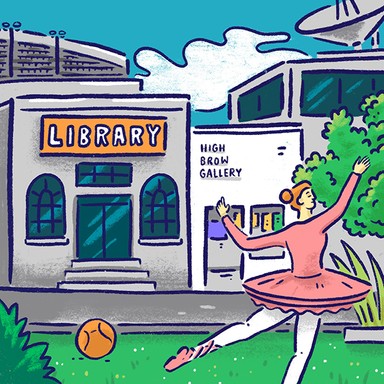
Whakatāne District Council

Transport
Helping communities get from A to B is a key responsibility of local government, from making sure the buses run on time to providing car parking and walking and cycling paths. Whether public transport is the responsibility of the regional or local council depends on where you are in the country. Local councils also own 87% of New Zealand’s roads.

Transport
Helping communities get from A to B is a key responsibility of local government, from making sure the buses run on time to providing car parking and walking and cycling paths. Whether public transport is the responsibility of the regional or local council depends on where you are in the country. Local councils also own 87% of New Zealand’s roads.
Work with district councils, central government to build transport infrastructure like roads and bridges that is specific to our townships.
Promoting road safety and speed within our rural communities through effective signage and education. Working with our locals.
Promotion of walking and cycling tracks that is communicated through private and whānau, hapū and iwi landowners.
Work with district councils, central government to build transport infrastructure like roads and bridges that is specific to our townships.
Promoting road safety and speed within our rural communities through effective signage and education. Working with our locals.
Promotion of walking and cycling tracks that is communicated through private and whānau, hapū and iwi landowners.
Mayor
Compare the mayoral candidates in your area
Local council
Compare the candidates for your city or district council
Regional council
Compare the candidates for your regional council
Local board
Compare the candidates for your local or community board







